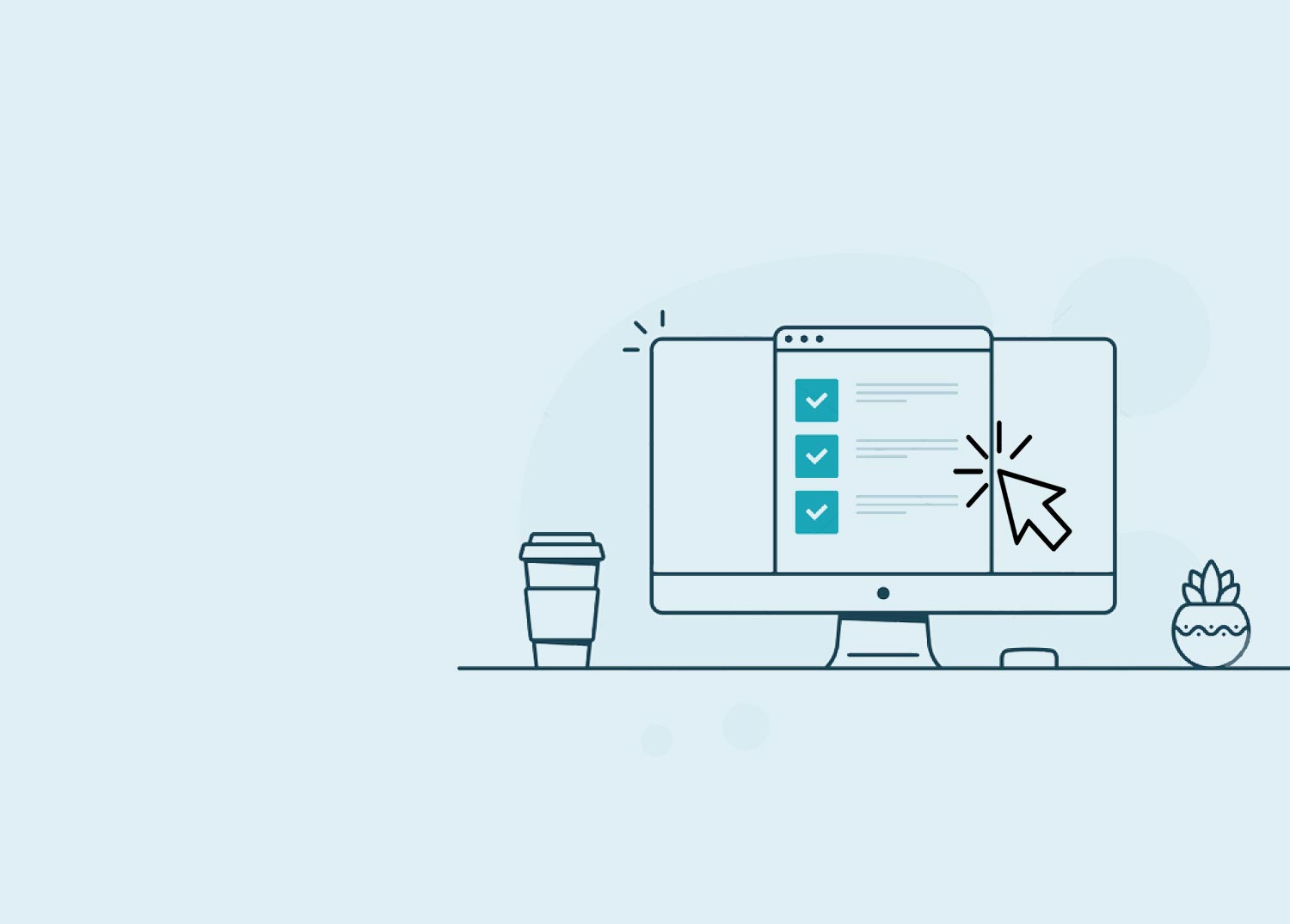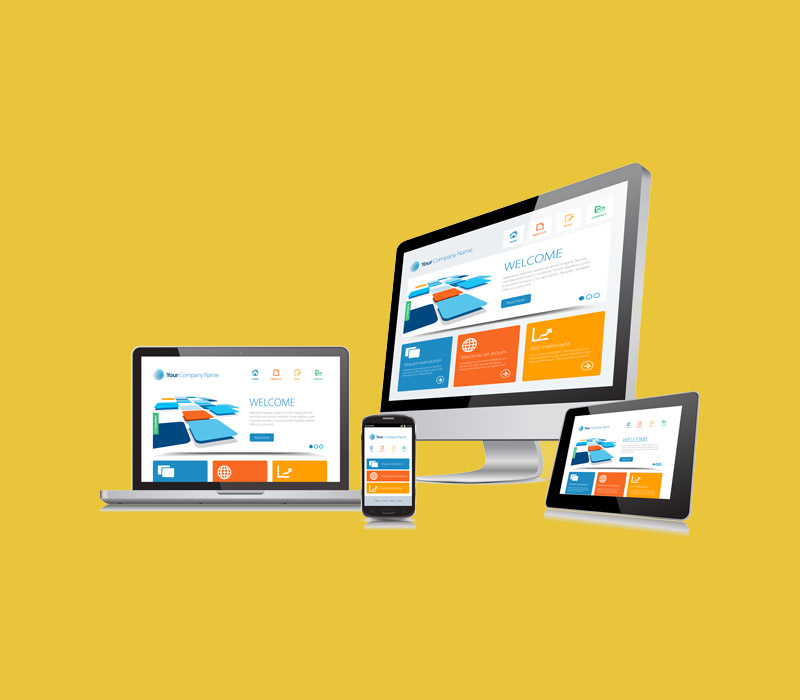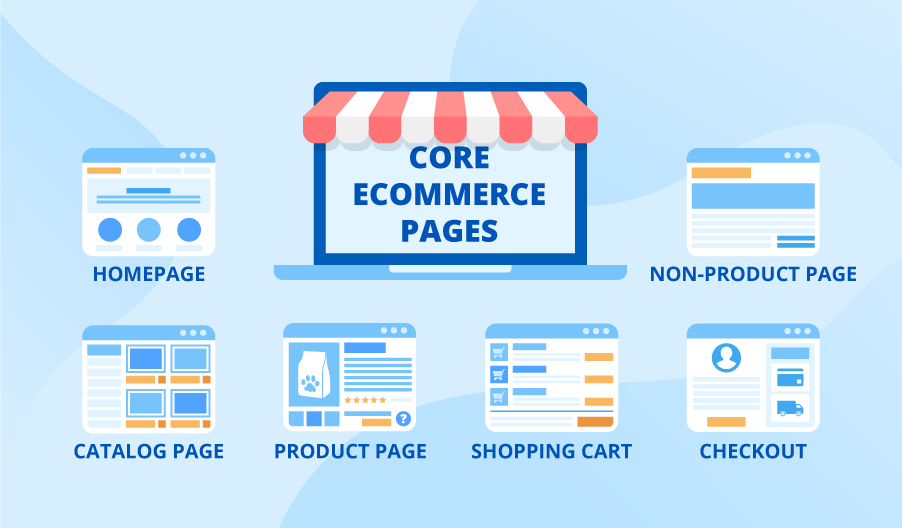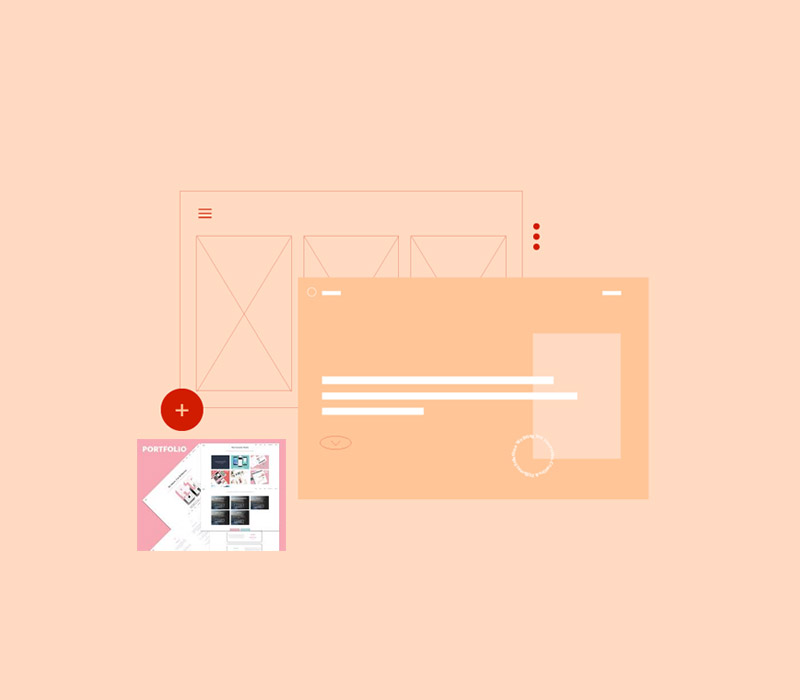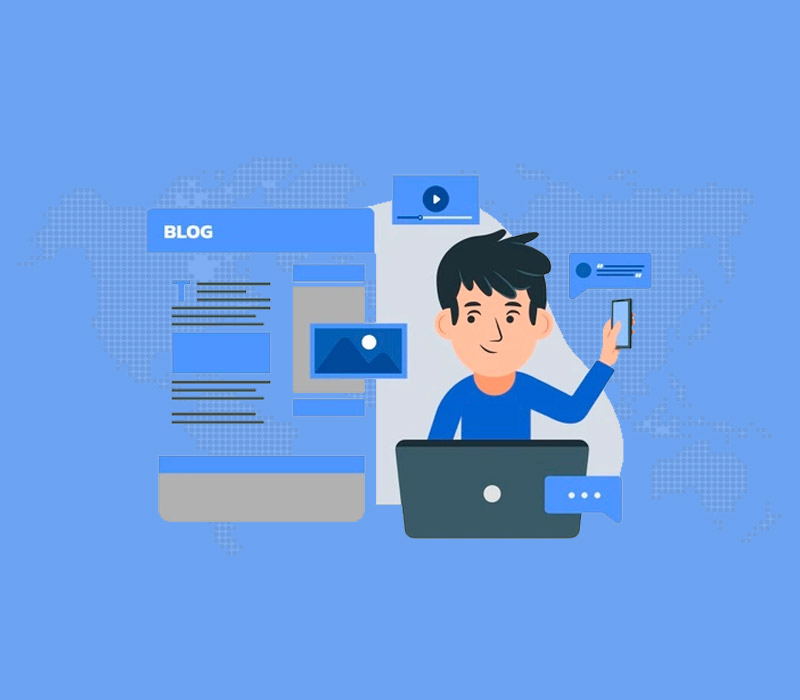The discovery phase of a website redesign involves a thorough exploration of your current site, business goals, and user needs. This stage includes defining objectives, engaging stakeholders, and conducting a detailed analysis of current performance, content, and technical aspects. It also involves user research to understand your audience, competitive analysis to identify industry standards, and planning for content strategy, design preferences, and technical requirements. By gathering and synthesizing this information, the discovery phase sets a solid foundation for a redesign that enhances user experience and aligns with your business objectives.
Website redesign involves updating a site’s appearance, structure, and functionality to better meet user needs and business goals. This process includes analyzing the current site, defining objectives, creating new design and content strategies, and implementing technical improvements. The goal is to enhance user experience, ensure modern and responsive design, and optimize site performance for increased engagement and conversions.
